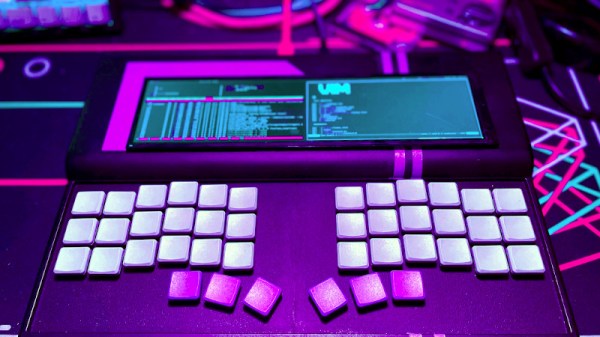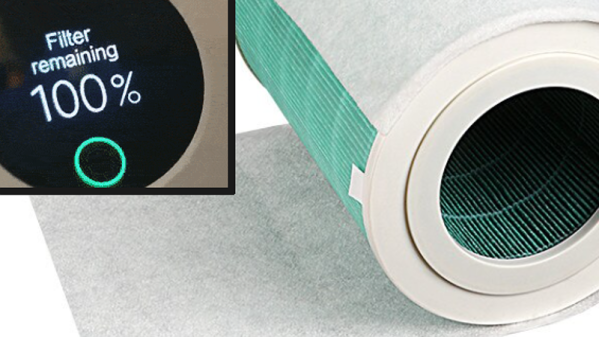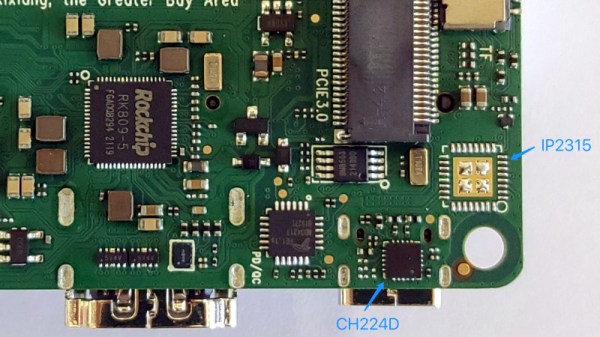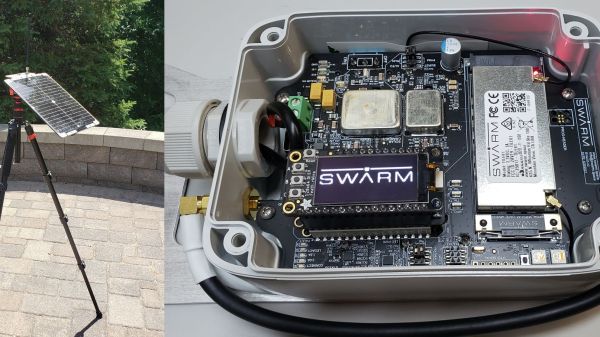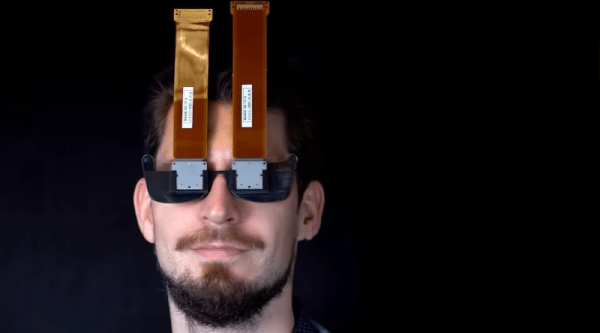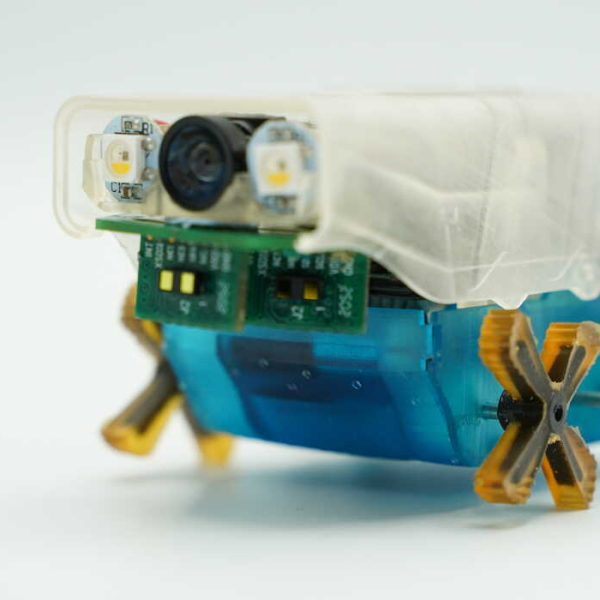We’re used to laptop computers featuring flip-up screens; this article is being written on one and it’s probable you’re reading it on another one. But there’s another laptop form factor that has gained legions of fans ever since the days of the TRS-80 Model 100, the flat slab with no hinge and both keyboard and display on its upper surface. It’s surfaced most recently in the DevTerm, which inspired [0x17] to have a go at building his own. Instead of starting from scratch though, he’s chosen to use the shell of an Amstrad NC100 from the 1990s.
This series of Amstrad portables followed the company’s tried and tested course of repackaging decade-old technology for the consumer market, and were Z80-based machines that shared much with the company’s PCW series of desktop wordprocessors. The character LCD, mainboard, and keyboard were replaced with a modern LCD, a Raspberry PI, and a custom ergonomic layout keyboard with all associated modules and cables.
The result is undeniably a neat flat form factor laptop computer, and one we could see ourselves using. There may be some questions relating to the repurposing of a retrocomputer when the same result could have been achieved with a bit of CAD work and a 3D printer, but perhaps the machine should speak for itself on that.
Meanwhile this isn’t the first Amstrad laptop we’ve seen recently, the company also did some unusually-shaped PCs in the 1990s.

